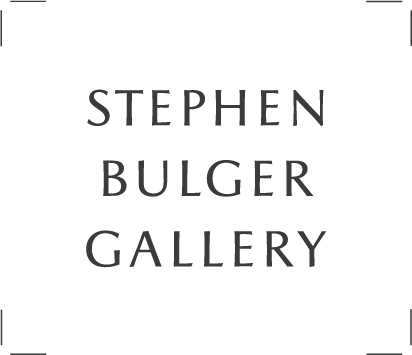Exhibition Dates: November 5 – December 22, 2005
Opening reception: Saturday, November 5, 2-5 PM
It is impossible to consider 20th century western art without lingering upon the work of Robert Frank. His photographs, films, and mixed-media works have consistently garnered critical praise while reaching a broad populous of art lovers, academics, and collectors. Born in Zurich in 1924, Frank moved to New York in 1947. He was awarded a Guggenheim fellowship in 1955 at a time when he was traveling by car across the United States, undertaking a photographic exploration of the nation. The result was a body of work over 20,000 images strong, and a book published in 1958 titled simply The Americans. This publication is recognized as a seminal point in the history of photography: as a departure from the thematic and aesthetic norms of documentary photography at that time, and in its overwhelming influence on all photography that followed it.
Since 1970, Frank has split his time between New York and Mabou, a small community on Cape Breton Island. This shift to a quieter lifestyle precipitated a period of introspective and extremely personal work that has continued to the present. The big cities and diverse cultural landscape were gone, traded for seclusion amidst a rocky and rugged landscape. With few other places to turn, Frank frequently focused the camera on himself and his family and their lives.
The core of our exhibition is a series of collages created in Mabou during the 1970s. Frank had begun experimenting with a Lure Camera, an early type of disposable camera that created 3 ½” x 4 ½” colour prints. Combined with text and documents, the collages are often filmic, suggestive of the passage of time and a continual narrative, while at the same time reinforcing the subjectivity inherent to the medium. There is no decisive moment within this work, no single reality.
The six separate collages were reproduced with a 250 line screen, the colour images with a range of six to eight different-coloured lightfast inks on acid-free Rives cover stock. The black and white images were reproduced with a tritone (three-colour) process, also using lightfast inks on acid-free Rives cover stock. Each print was hand-pulled on a Malibander flatbed press one colour at a time. The edition consists of 70 signed and numbered sets of six prints and 30 signed artist’s proofs, created in 1980. The original collages are in the collection of the National Gallery of Canada, Ottawa.


